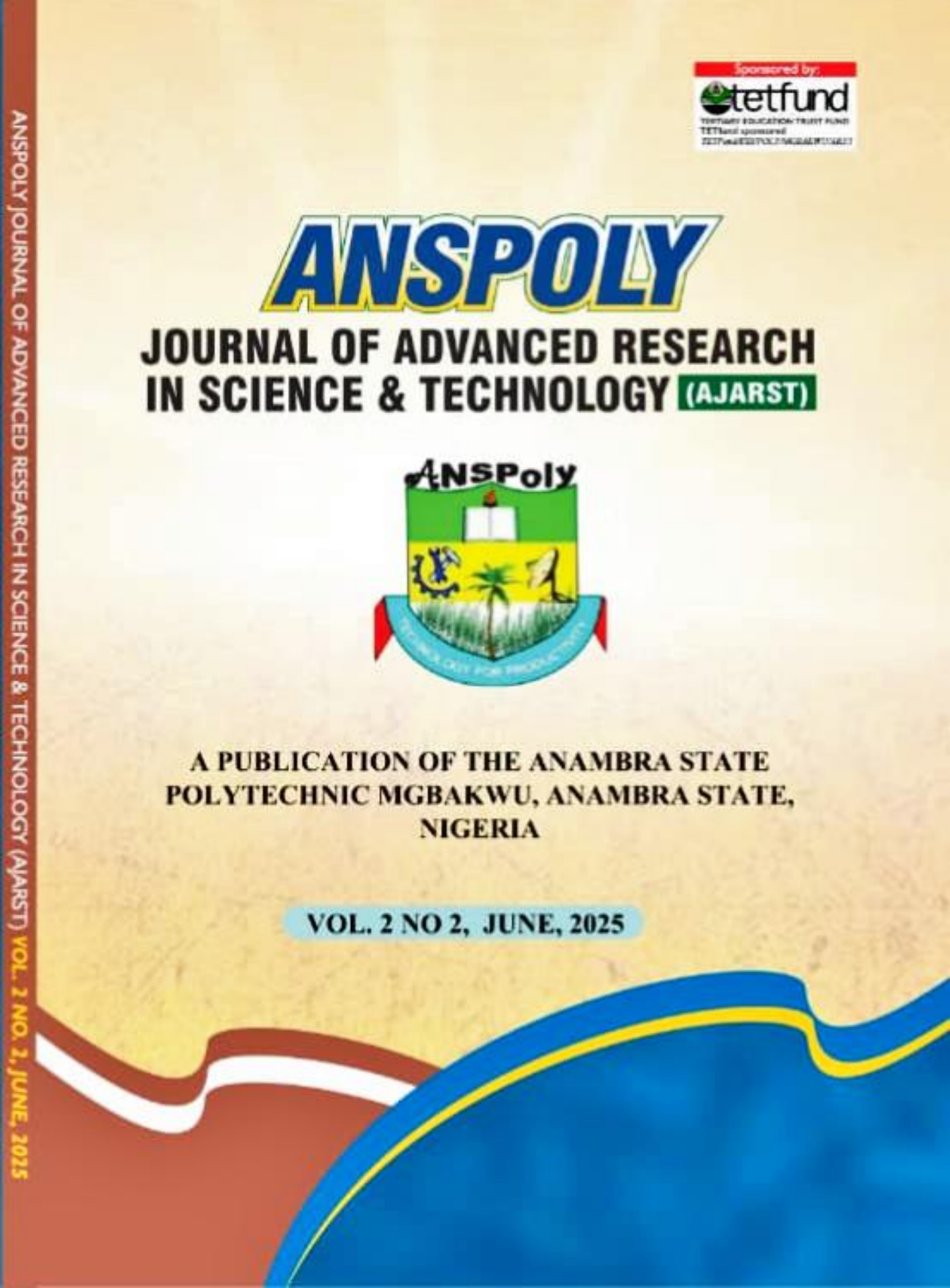MICROBIOLOGICAL ASSESSMENT OF COMMON SNACKS SOLD AT AFIKPO,EBONYI STATE
Keywords:
Ready-to-eat foods, Micro-organisms, Health, Contamination, ConsumptionAbstract
Snacks are ready to eat (RTE) foods and are often regarded as street foods. They are appreciated and consumed for their unique flavors as well as their convenience and do not require significant further processing before consumption. In this study, five different snacks purchased randomly from different vendors were subjected to standard microbial analyses using the pour plate technique to ascertain their microbial status. This was carried out in three days, in the morning and in the evening. The results obtained showed that the samples (snacks) had varying levels of microbial counts especially when sampled in the evening. The highest total aerobic count (TAC), total coliform count (TCC), and total fungal count (TFC) recorded were 6.2×10³cfu/g, 1.9×10²cfu/g, and 3.8×10²cfu/g, respectively. In the morning, the isolated micro-organisms and their percentage prevalences were: Bacillus sp (40%), Staphylococcus aureus (100%), Pseudomonas sp (60%), Enterobacter sp (40%), Serratia sp (20%), Escherichia coli (60%), Penicillium sp (60%), Aspergillus sp (80%), Fusarium sp (40%) and Rhizopus sp (60%). The percentage prevalence of these isolates from the samples in the evening was as follows: 80%, 100%, 80%, 40%, 60%, 60%, 60%, 80%, 40%, and 60%, respectively. There was generally an increase in the microbial composition of the samples in the evening. The presence of these microorganisms in these samples (snacks) has some health and environmental implications. Some of these organisms have been implicated as the causative agents of certain diseases and also as contributors to environmental contamination. There should be a concerted effort to ensure that these ready-to-eat foods are produced and distributed for consumption with minimal microbial contamination, as their presence constitutes a public health hazard.



